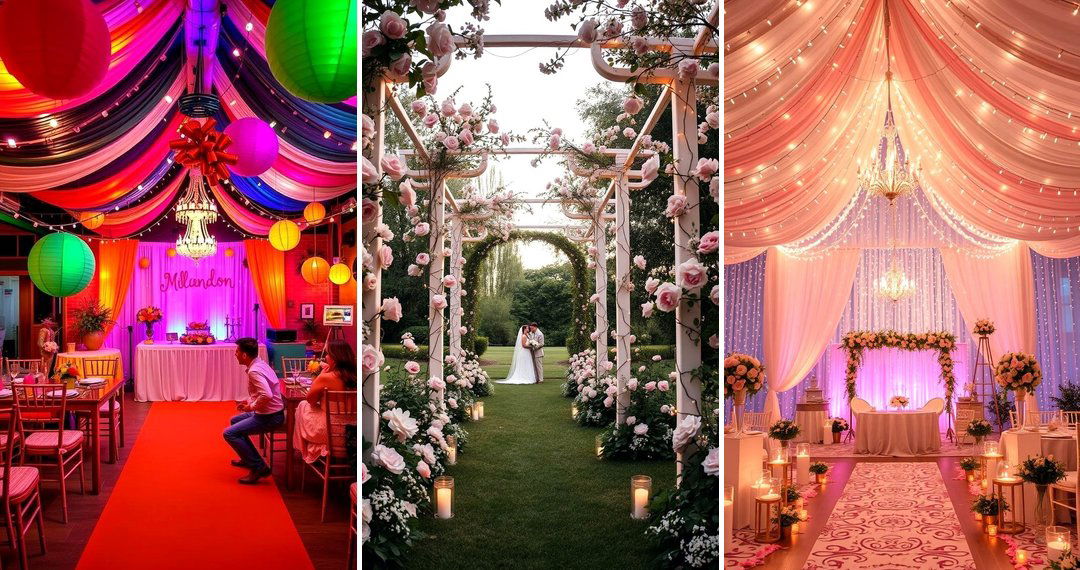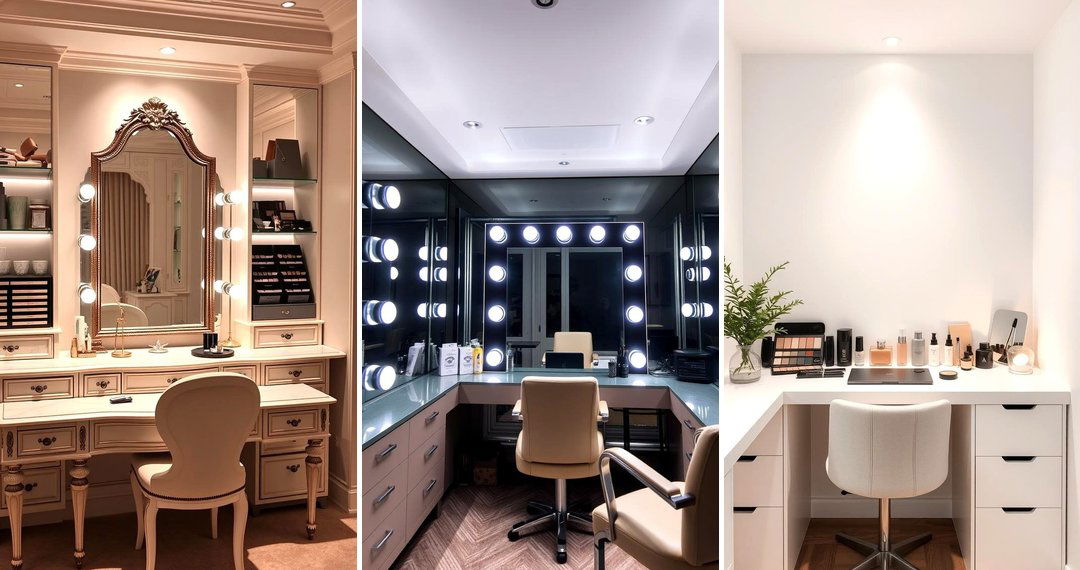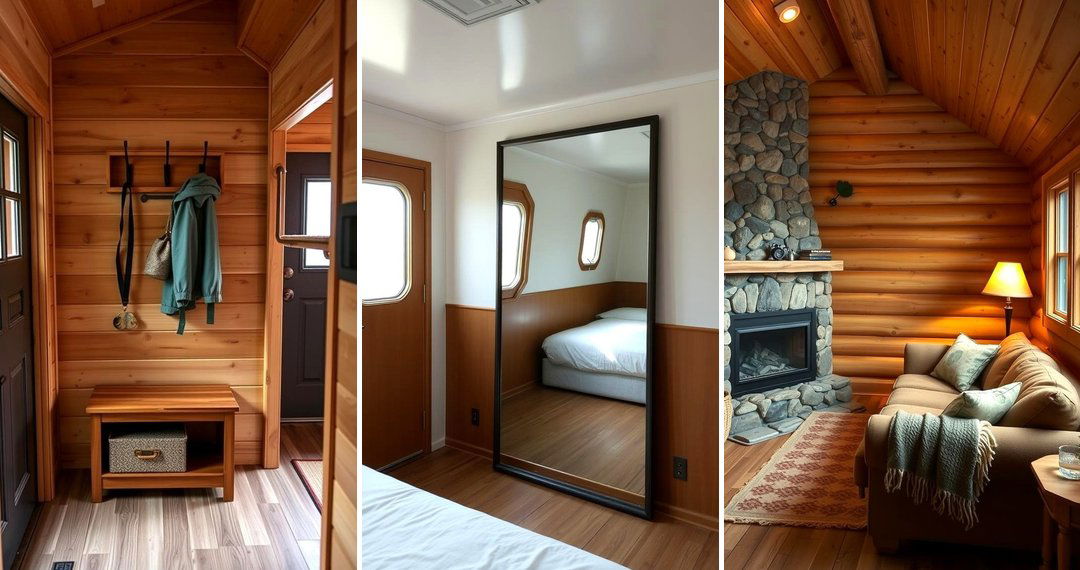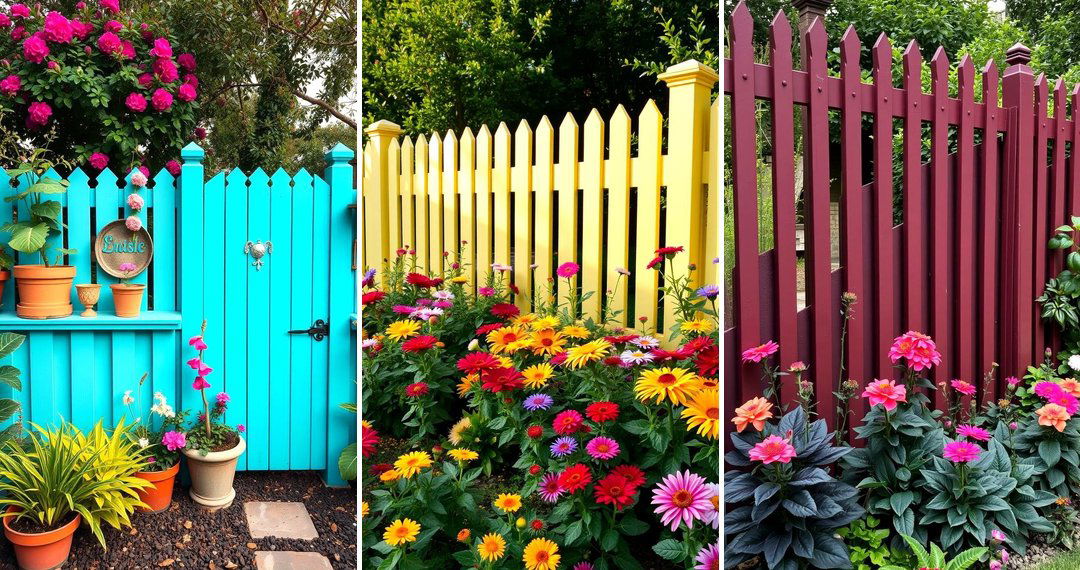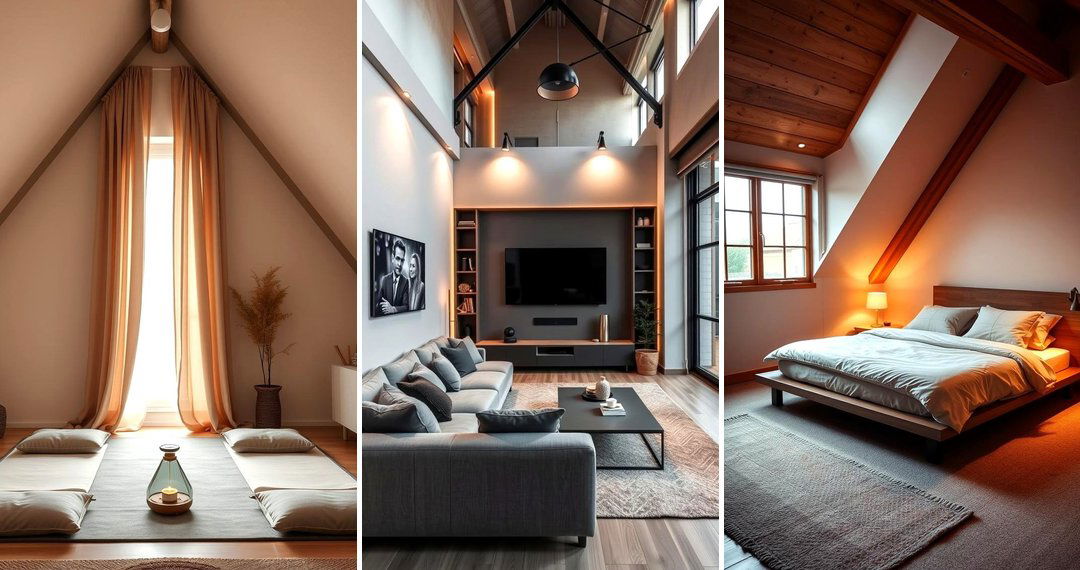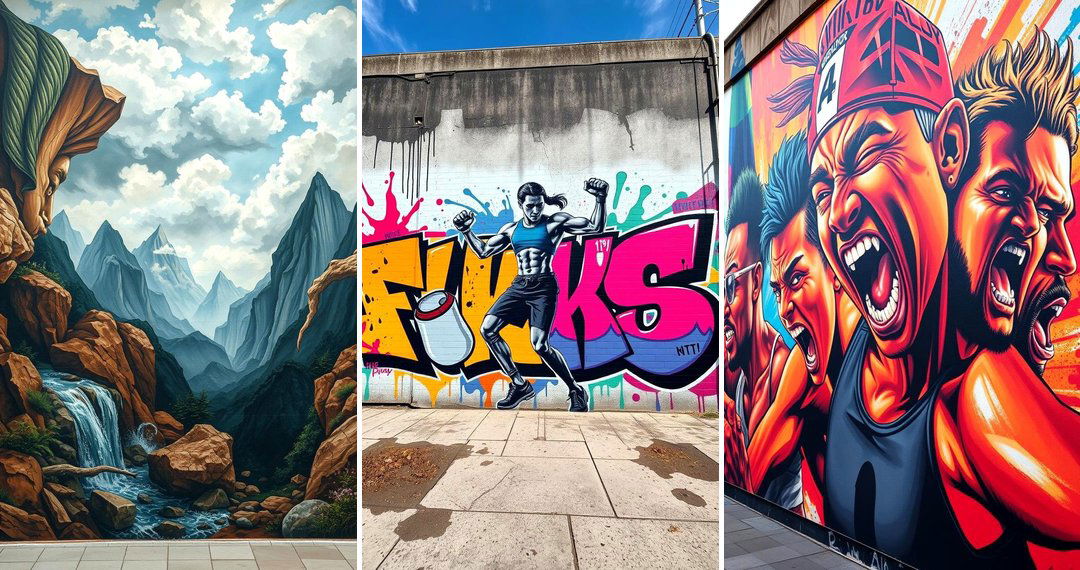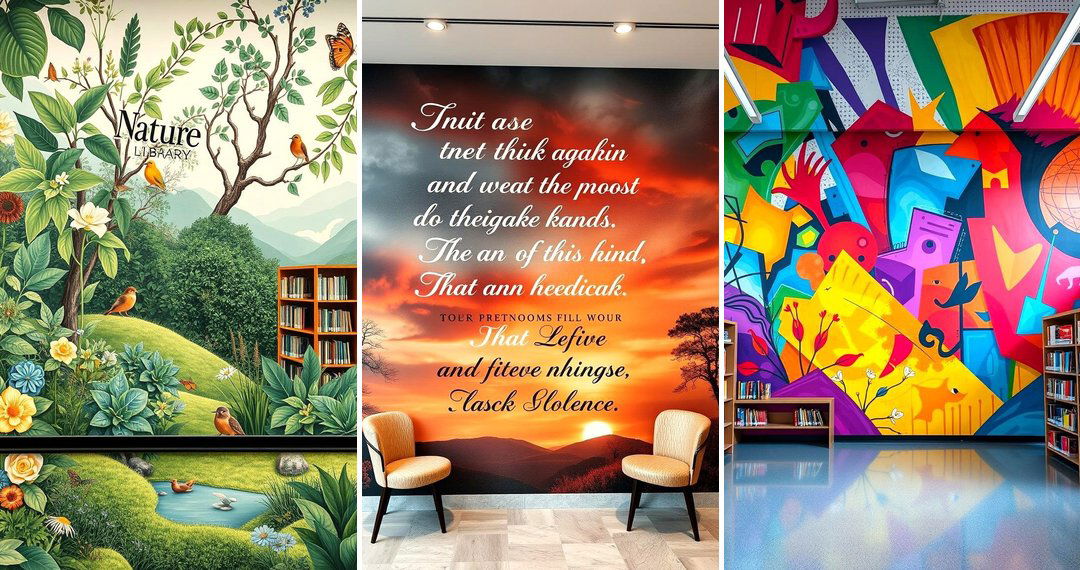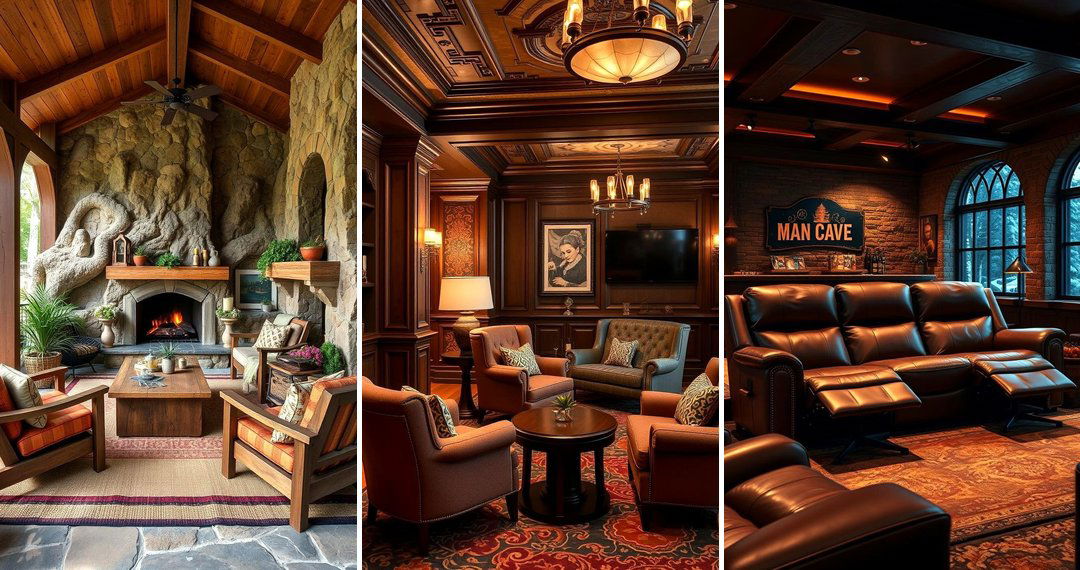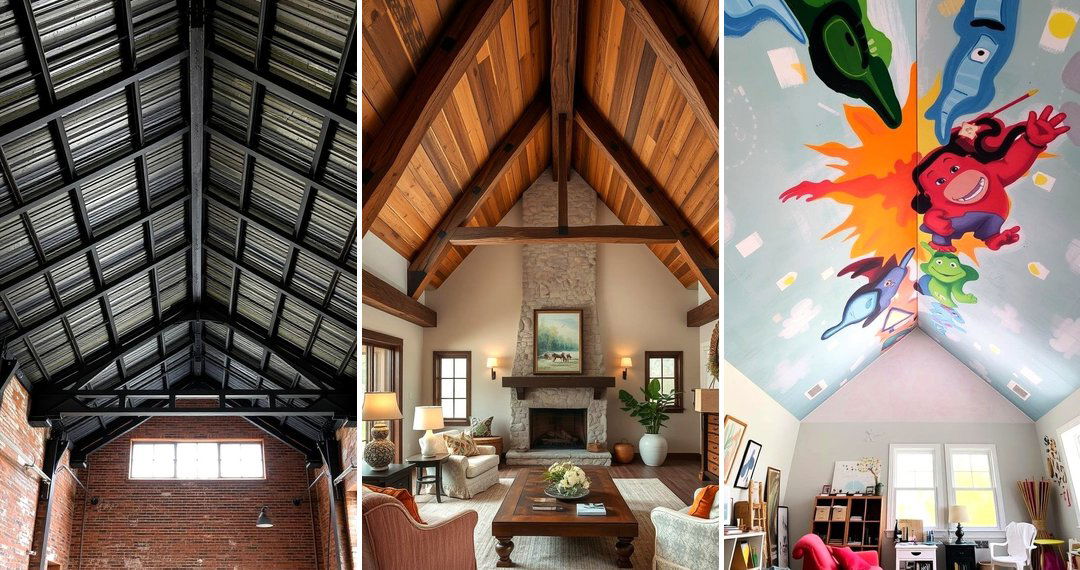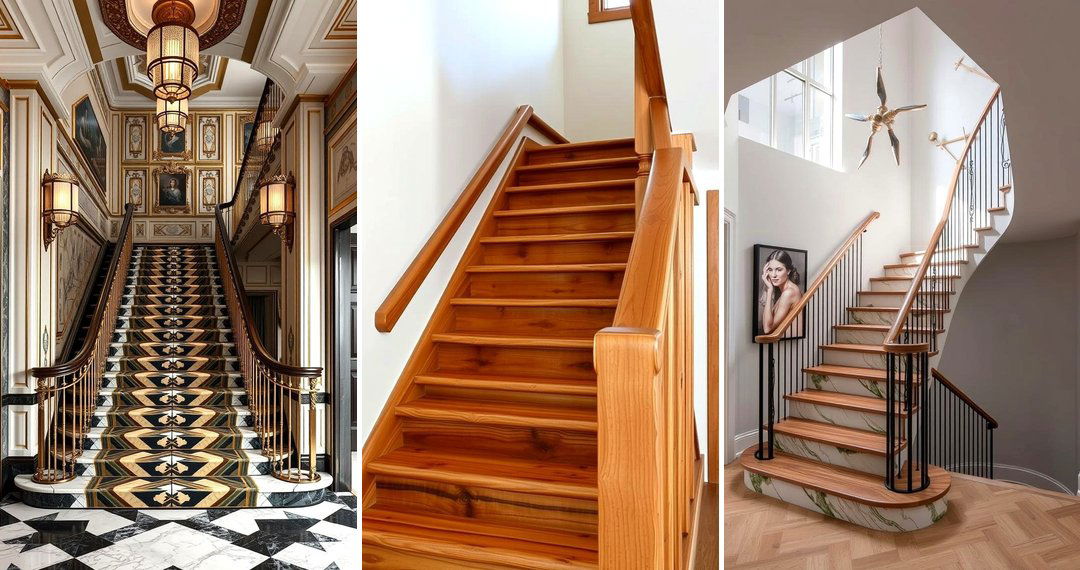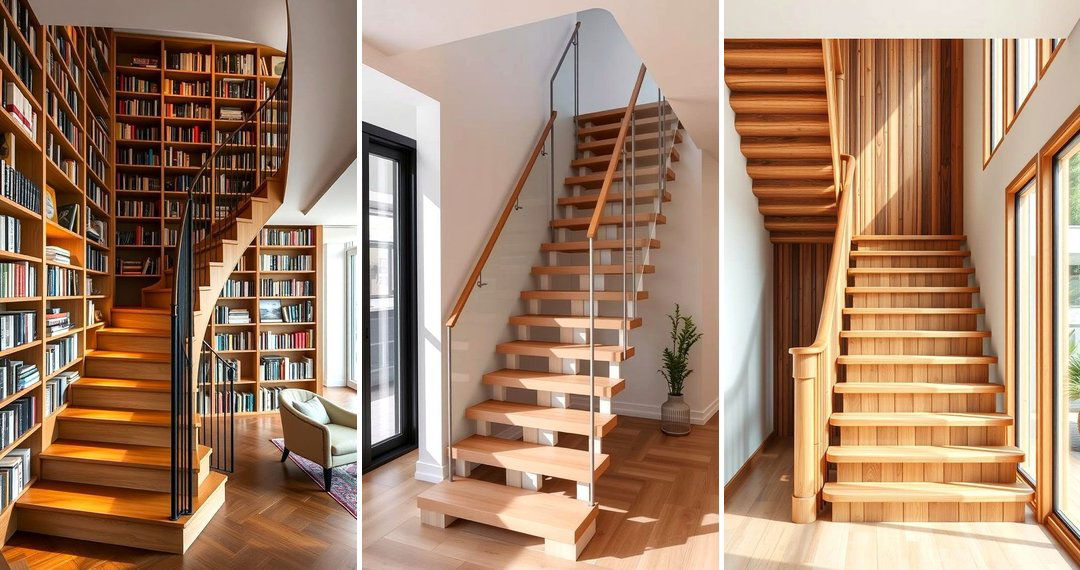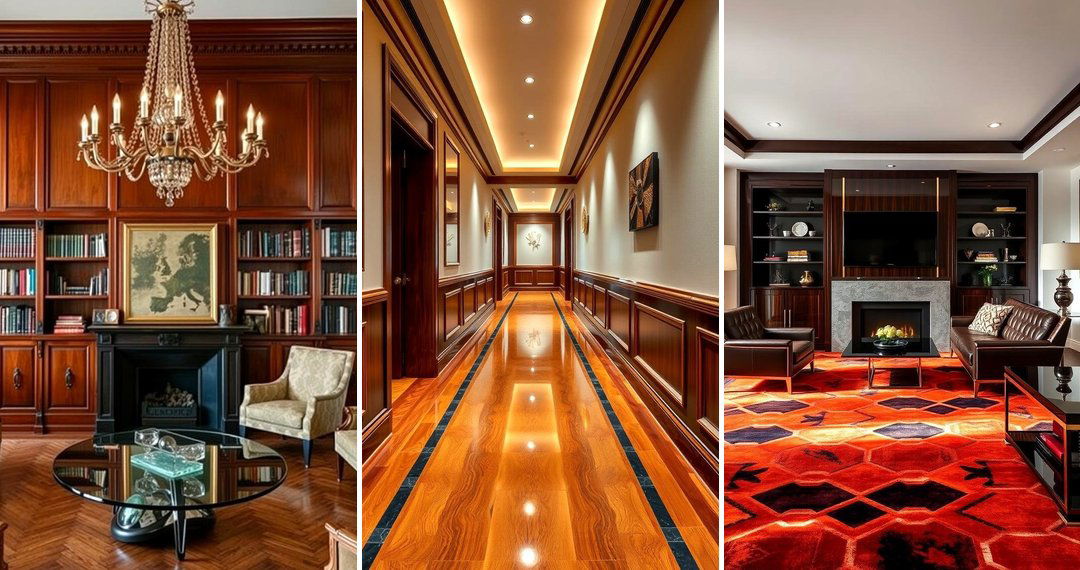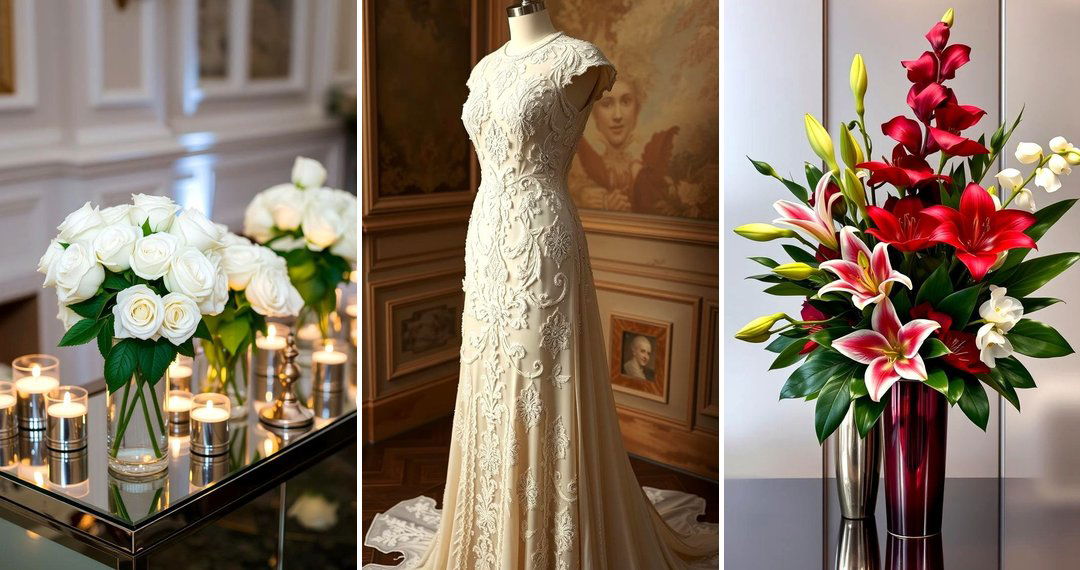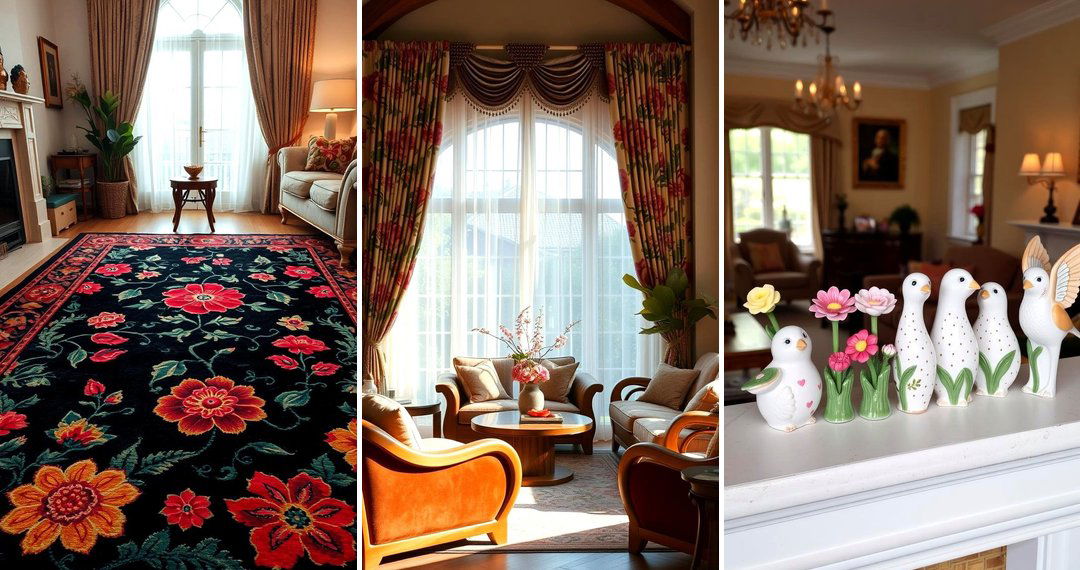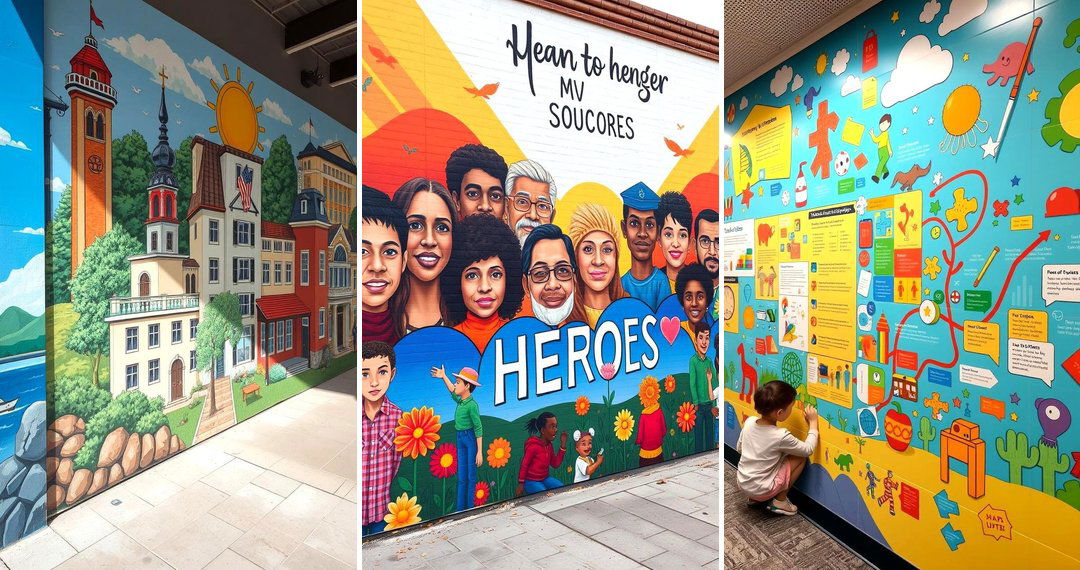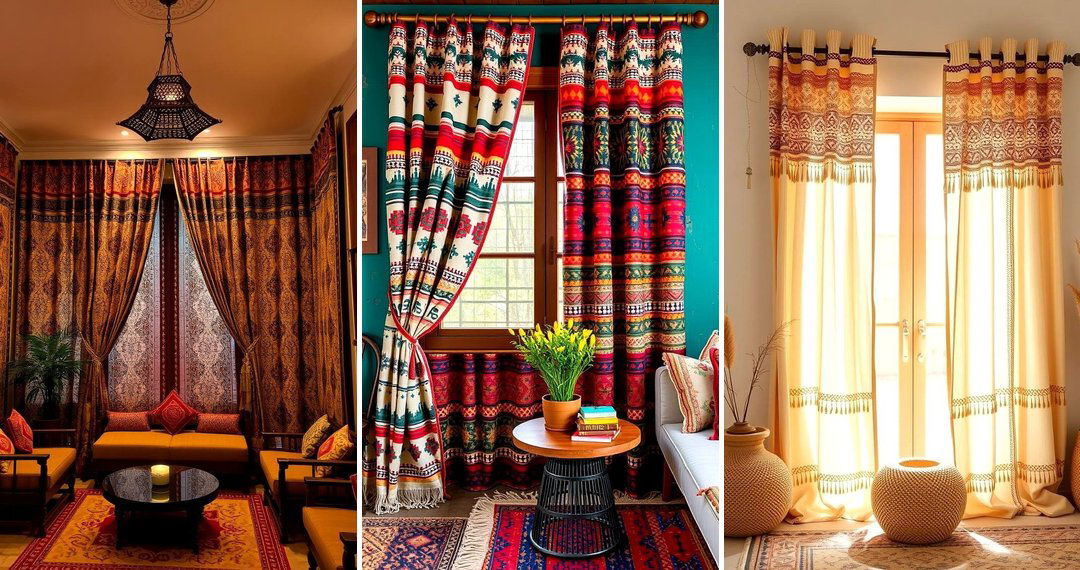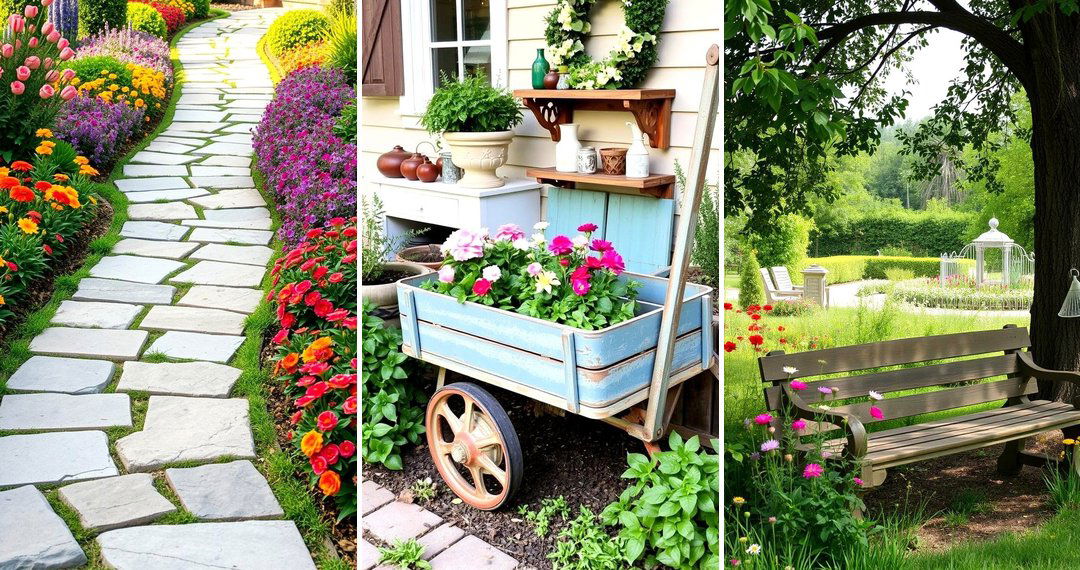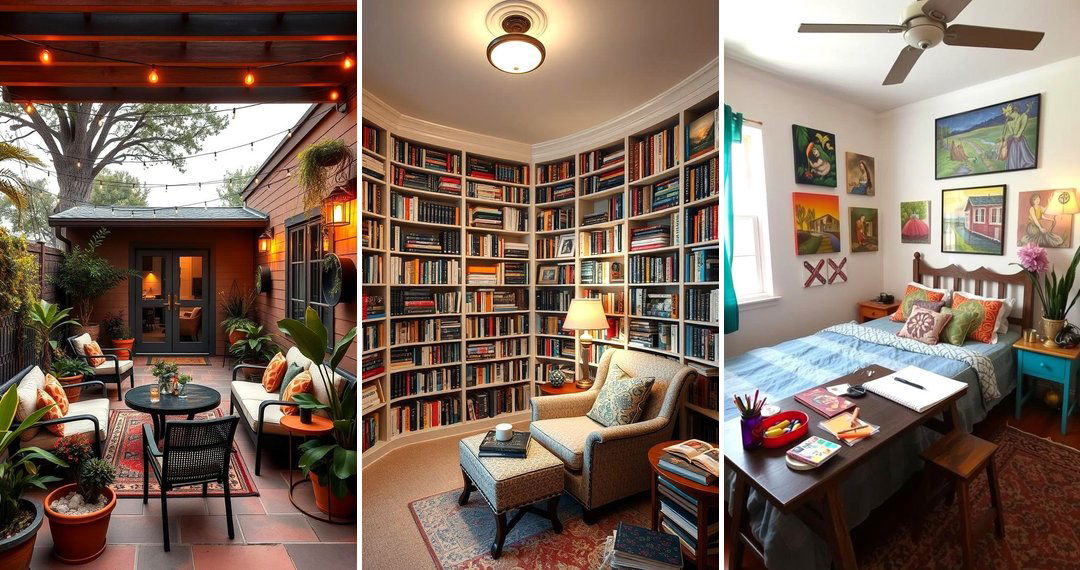Art rooms are creative spaces that encourage imagination, innovation, and exploration. Whether you're setting up a dedicated art room at home or designing an art studio in a school, it's important to cultivate an environment that inspires and fosters artistic expression. From functional furniture to vibrant color schemes, each element in an art room plays a crucial role in supporting the creative process. In this guide, we’ll explore 24 Art Room Ideas that will help you create a dynamic, engaging, and well-organized space for both artists and students. Let’s dive into these practical tips to build your ideal art studio!

1. Bright and Colorful Walls to Inspire Creativity

Imagine walking into a room with vibrant walls that spark your imagination. Brightly colored walls can instantly set the tone for creativity and energy. Whether you choose a calming blue to evoke focus or a bold red for excitement, the colors you select should reflect the mood you want to create. This simple design decision can influence the mood of the entire space, boosting inspiration and creativity. Paint a few accent walls or add a mural to stimulate the imagination and create an inviting space for everyone to explore their artistic talents.
2. Ample Storage for Art Supplies

A well-organized art room is essential to keep everything easily accessible and clutter-free. Consider adding shelving, drawers, or rolling carts to store supplies like paints, brushes, canvases, and sketchbooks. Not only does this organization prevent mess, but it also ensures students or artists can focus on their work instead of wasting time searching for materials. Clear containers and labels can further improve accessibility and efficiency, helping to keep your art room neat and functional.
3. Flexible Workstations for Collaborative Projects

Set up movable workstations that can easily be rearranged to accommodate different art activities and group sizes. Flexible workstations encourage collaboration and adaptability, making the room suitable for various artistic projects. Large tables can be used for group projects, while smaller desks or easels allow for individual work. With a few well-placed rolling carts and easy-to-move furniture, you can effortlessly transform the space to suit your artistic needs.
4. Dedicated Display Area for Artwork

Nothing motivates an artist like seeing their work displayed proudly. Dedicate a wall or bulletin board where artwork can be showcased. Whether it’s a student’s masterpiece or a group project, a dedicated display area helps build confidence and a sense of pride in their work. Consider rotating the displayed pieces regularly to give everyone the opportunity to shine and celebrate each individual’s creative achievements.
5. Art Supply Wall for Easy Access

An art supply wall offers an efficient and organized way to store and display tools. Hang pegboards, shelving units, or containers on the wall to hold brushes, pencils, scissors, and more. This makes it easy for artists to grab what they need quickly, keeping everything in sight and within reach. Not only does this approach keep supplies tidy, but it also encourages self-sufficiency and promotes a sense of independence for those working in the space.
6. Natural Light for the Perfect Working Environment

Natural light can have a profound effect on creativity and productivity. A room filled with sunlight can improve mood and provide the ideal lighting for artwork. If possible, position workstations near windows to take full advantage of natural light. Incorporate sheer curtains or blinds to regulate the intensity of sunlight and prevent harsh glares, ensuring a comfortable and well-lit space for artists to thrive.
7. Inspirational Art Books and Resources

Create a library corner filled with art books, magazines, and reference materials. Having resources on hand can spark new ideas, inspire creativity, and offer technical guidance. Whether it’s a collection of famous artist biographies or step-by-step tutorials on various techniques, having these resources readily available can enrich the artistic journey. Make sure the area is cozy and inviting, encouraging exploration and self-study.
8. Comfortable Seating for Focused Work

Comfortable seating is key for maintaining focus and productivity in the art room. Invest in ergonomic chairs or cushioned stools that encourage good posture and provide ample support. Whether seated at a desk or an easel, the right seating will allow artists to focus on their projects without discomfort. Arrange the seating to ensure that everyone has enough space and that the room remains functional for collaborative work.
9. Interactive Whiteboard for Brainstorming

An interactive whiteboard is an excellent tool for brainstorming, sketching, and mapping out ideas. Set up a whiteboard or chalkboard where students or artists can quickly jot down ideas, draw sketches, or plan out projects. This addition enhances collaboration and creativity, as people can interact and contribute ideas in real-time. The whiteboard can also serve as a visual aid during lessons or group discussions, fostering engagement and dynamic learning.
10. Art Room Shelves for Easy Material Organization

Open shelves offer a practical and visually appealing way to organize art supplies. With various compartments and sections, you can sort materials by type or color, making it easier to find what you need during your creative process. Whether you use floating shelves, stacked bins, or small carts, shelves keep your materials neat and accessible. This can save time and frustration, ensuring that your focus remains on the artwork, not on tidying up.
11. Multifunctional Furniture for Space Efficiency

Maximize the efficiency of your art room by choosing multifunctional furniture. Look for tables with built-in storage, chairs that stack, or shelves that double as storage units. This allows you to use the space more effectively without sacrificing functionality. Multifunctional furniture is especially helpful in smaller art rooms, where every square inch counts. It ensures that the room remains organized and easy to navigate while still accommodating all necessary supplies and equipment.
12. Colorful Storage Bins for a Fun Touch

Bring a fun and playful vibe to your art room with colorful storage bins. These bins not only serve as practical storage solutions, but their bright colors can liven up the space and create a cheerful atmosphere. Use them to organize supplies like markers, paints, and papers. Color-coding bins can also help streamline the process of finding and putting away materials, making it easier to maintain a tidy and efficient workspace.
13. Chalkboard Wall for Creative Expression

A chalkboard wall offers an interactive and ever-changing space for creative expression. It can serve as a brainstorming area for sketching, drawing, or writing down project ideas. It also offers students the freedom to freely express their creativity, whether they’re drawing doodles or leaving inspirational messages. With the ability to erase and redo, a chalkboard wall gives a sense of endless possibilities for exploration and artistic play.
14. Customized Name Tags for Art Stations

Organize art stations and give them a personal touch with customized name tags. These name tags can be used to label desks, shelves, or cubbies, ensuring each student or artist knows where their supplies are stored. Personalized tags also create a sense of ownership and pride, making individuals feel more invested in their workspaces. This simple addition enhances the overall organization and atmosphere of the art room.
15. Themed Art Room Corners for Different Projects

Creating themed corners within your art room allows you to dedicate areas to specific types of art or projects. Whether it’s a painting corner, sculpture area, or digital art station, themed corners help to organize the space and give each creative endeavor its own designated space. This arrangement not only enhances focus but also provides variety and inspiration for anyone using the room.
16. Large Easels for Easier Painting Projects

A large easel is a must-have for painting projects, offering the space and stability needed for large canvases. Whether you’re creating abstract art or detailed landscapes, a sturdy easel helps artists work with comfort and precision. Adjustable easels are especially versatile, allowing artists to change the height and angle for better control over their work. Ensure that there’s enough room for multiple easels if the space is shared.
17. Wall Hooks for Hanging Tools and Supplies
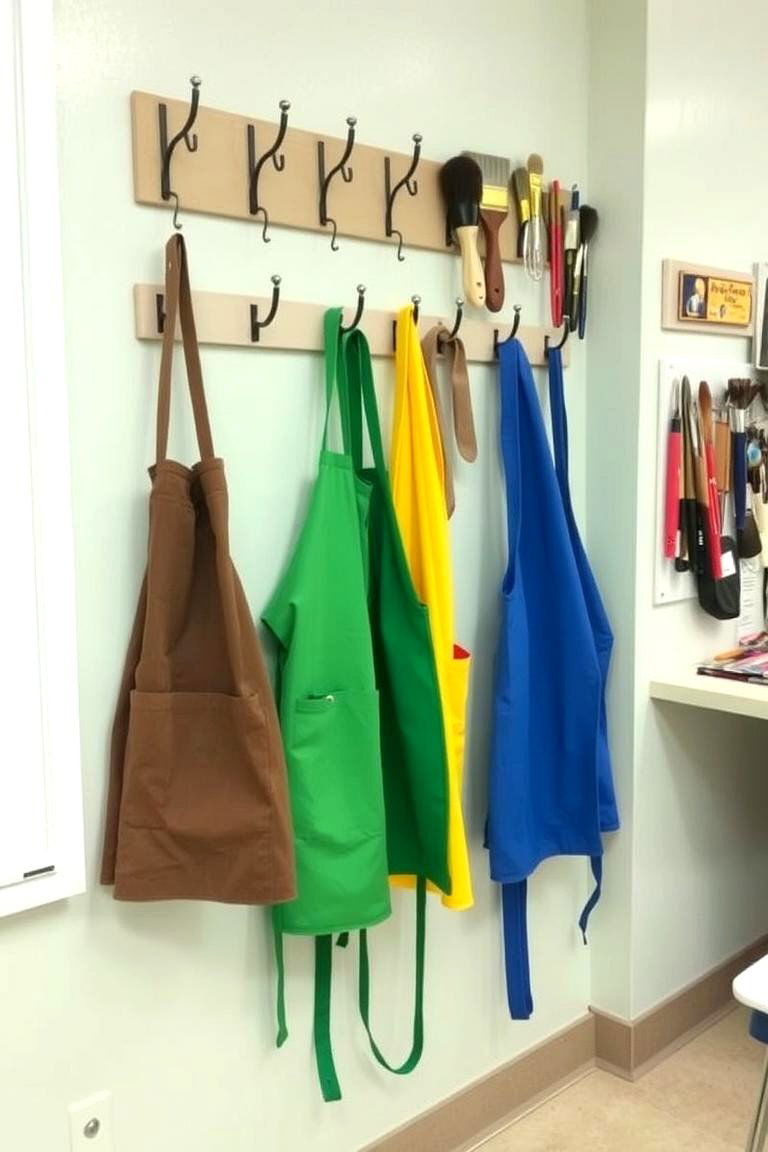
Maximize your space by adding wall hooks for hanging essential tools like aprons, scissors, or backpacks. Wall hooks provide easy access to materials while keeping the floor clear for more workspace. Use hooks of different sizes to hang a variety of items, ensuring that everything has a designated spot. This organizational hack keeps tools easily reachable and reduces clutter in the art room.
18. Soft Flooring for Comfort and Safety

Soft flooring not only adds comfort to the art room but also ensures safety during busy, creative sessions. Soft, cushioned floors reduce the risk of injury and make the space more comfortable for long hours of standing, kneeling, or sitting. Look for interlocking foam tiles or padded flooring that are easy to clean and maintain. This upgrade makes the art room a safer and more enjoyable place to work.
19. Inspiration Board for Creative Ideas

An inspiration board is a wonderful addition to any art room, as it can act as a visual catalyst for new ideas. Pin up magazine clippings, fabric swatches, photos, or sketches to inspire creativity. Keep the board updated regularly to reflect new trends, ideas, or personal goals. This visual display can spark fresh concepts and keep artists motivated as they work on their projects.
20. Art Room Workbench for Sculpting Projects

For sculptors, a sturdy workbench is an essential piece of equipment. The workbench provides ample space to shape, mold, and carve materials such as clay, wood, or metal. A well-organized workbench with storage for tools ensures that everything is at hand, allowing artists to work efficiently and creatively. Consider adding clamps, trays, and shelves to further enhance functionality.
21. Adjustable Lighting for Different Art Projects

Adjustable lighting is key for an art room where multiple types of projects are being worked on. Bright, focused light can enhance precision for detailed drawings, while softer lighting is ideal for painting and mixed media projects. Ensure that overhead lights, task lights, and adjustable desk lamps are available for artists to fine-tune their workspace based on their specific needs.
22. Open Wall Space for Murals or Art Projects

An open wall can become a blank canvas for large murals or collaborative projects. Artists can use this space to create expansive artworks that cover entire walls, showcasing the creative energy of the group. Not only does this provide a platform for large-scale expression, but it also encourages collaboration and unity within the art room. Whether it’s an ongoing mural or a temporary piece, this space will spark creativity and build team spirit.
23. Flexible Art Carts for Easy Movement

Investing in rolling art carts can be a game-changer for an art room. These carts allow for easy mobility of supplies, making it simple to bring materials to different areas of the room or transport them for class activities. The versatility of art carts supports dynamic work, whether for a single artist or a group of students. You can arrange them with specific supplies for particular projects, ensuring efficiency.
24. Creative Wall Decals for Personalization

Wall decals provide an opportunity to personalize the art room with creative designs that reflect the personalities of those who use it. Choose decals that represent themes such as famous artists, iconic artworks, or abstract designs. These stickers are easy to apply, reposition, and remove, making them a flexible way to add style to the room. Personal touches like these can inspire creativity and give the space a fun and welcoming vibe.
Conclusion:
By incorporating these 24 Art Room Ideas into your space, you’ll foster an environment where creativity thrives. From practical storage solutions to inspiring décor, each element plays a vital role in cultivating an artistic atmosphere. Whether you’re designing an art room for children, students, or yourself, these ideas will help make the space both functional and inspiring. Create a space that not only facilitates artistic expression but also motivates everyone to explore their creativity and push their boundaries.


